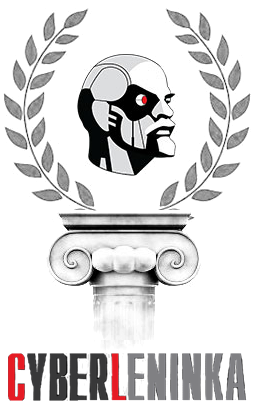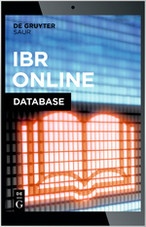- 18 December 2023
Article/Publication Details
Views: 541
I HAVE ALL SORTS OF VOICES IN MY HEAD
MEDITATIONS ON GEORGY CHERNAVIN’S BOOK THE CONSCIENCE’S DOUBLE
Chernavin G. The Conscience’s Double. Moscow, 2023. (In press)
| Title in the language of publication: |
I HAVE ALL SORTS OF VOICES IN MY HEAD МЕДИТАЦИИ НАД КНИГОЙ ГЕОРГИЯ ЧЕРНАВИНА «ПОДОБИЕ СОВЕСТИ» Чернавин Г. И. Подобие совести. М., 2023. (В печати) |
| Author: | MAXIM MIROSHNICHENKO |
| Issue: |
HORIZON. Studies in Phenomenology. Vol. 12, №2 (2023), 596–611 |
| Language: | Russian |
| Document type: | Book Review |
| DOI : 10.21638/2226-5260-2023-12-2-596–611 | PDF (Downloads: 541) |
Abstract
The review analyzes the book The Conscience’s Double by Georgy Chernavin. I focus on the concepts of false twins of conscience, guilt, and duty in the extended context of philosophical and artistic discourse. The problem of the difference between conscience and its ersatz forms, which give rise to a distorted ethical consciousness, is considered. The main emphasis is opportunistic conscience, neurotic guilt, and false debt. The review suggests that Chernavin’s book studies the “sad theory” of moral disorientation and requires the supplementation with a hypothetical “cringe theory.” In this case, the “sad theory” makes it possible to expand the phenomenological discourse by including a discussion of conscience, illustrating the uncertainty of the boundaries between the phenomenological and the symbolic, and highlighting the subject’s dependence on what they are not. In this work, there is a potential for developing an original ontology of the relationship between conscience and its evil counterpart, especially between a “spiritually sighted” and a “blindly corporeal” person. The scrutinized guilt for the lost absence of guilt is an experience that, although not lived, is important for the subject’s self-constitution. This experience, like the inner side of the subject, determines its conscious functioning and forms something like a Mobius strip. An Evil Genius makes this bond, and I am trying to conceptualize their “weakened” being.
Keywords
conscience, debt, guilt, paralyzing compass, symbolic institution, symbolic misadventure.
References
- Froese, T. (2014). Bio-machine Hybrid Technology: A Theoretical Assessment and Some Suggestions for Improved Future Design. Philosophy and Technology, 27, 4, 539–560.
- Grinbaum, A. (2017). The Informer Machine: How to Rid Artificial Intelligence of Evil. St. Petersburg: Translit Publ. (In Russian)
- Hui, Y. (2020). Recursivity and Contingency. Rus. Ed. Moscow: V–A–C press. (In Russian)
- Laruelle, F. (1999). A Summary of Non-Philosophy. Pli, 8, 138–148.
- Lefebvre, V. (1982). Algebra of conscience. Boston, MA: Reidel.
- Lefebvre, V. (2017). What is Animality? Rus. Ed. Moscow: Kogito Tsentr Publ. (In Russian)
- Malabou, C. (2019). Morphing Intelligence: From IQ Measurement to Artificial Brains. New York: Columbia University Press.
- Maturana, H. R., & Varela, F. J. (1980). Autopoiesis and Cognition: The Realization of the Living. Dordrecht: Reidel Publishing Company.
- Metzinger, T. (2003). Being No One: The Self-Model Theory of Subjectivity. Cambridge: MIT Press.
- Sorokin, V. (1999). Blue Lard. Moscow: Ad Marginem Publ. (In Russian)
- Tolstoy, L. N. (1936). Why Do People Get Drugged? In L. N. Tolstoy, Sobranie sochinenii v 90 tomakh. Tom 27: Proizvedeniia (1889–1890) (269–285). Moscow: Khudozhestvennaia literatura Publ. (In Russian)

This work is licensed under a Creative Commons Attribution-NonCommercial 4.0 International License.

|
|
|
|
|

|
|
|
|
|

|
|
|
|
|
|
|
|
|
|
|
|
|
|
|
|
|
|
|
|
|
|

|
|
|
|
|
|
|
|
|
|
|
|
|
|
|
|
|
|
|
|
|
|
|
|
|
|
|
|

|

|
Social networks:





